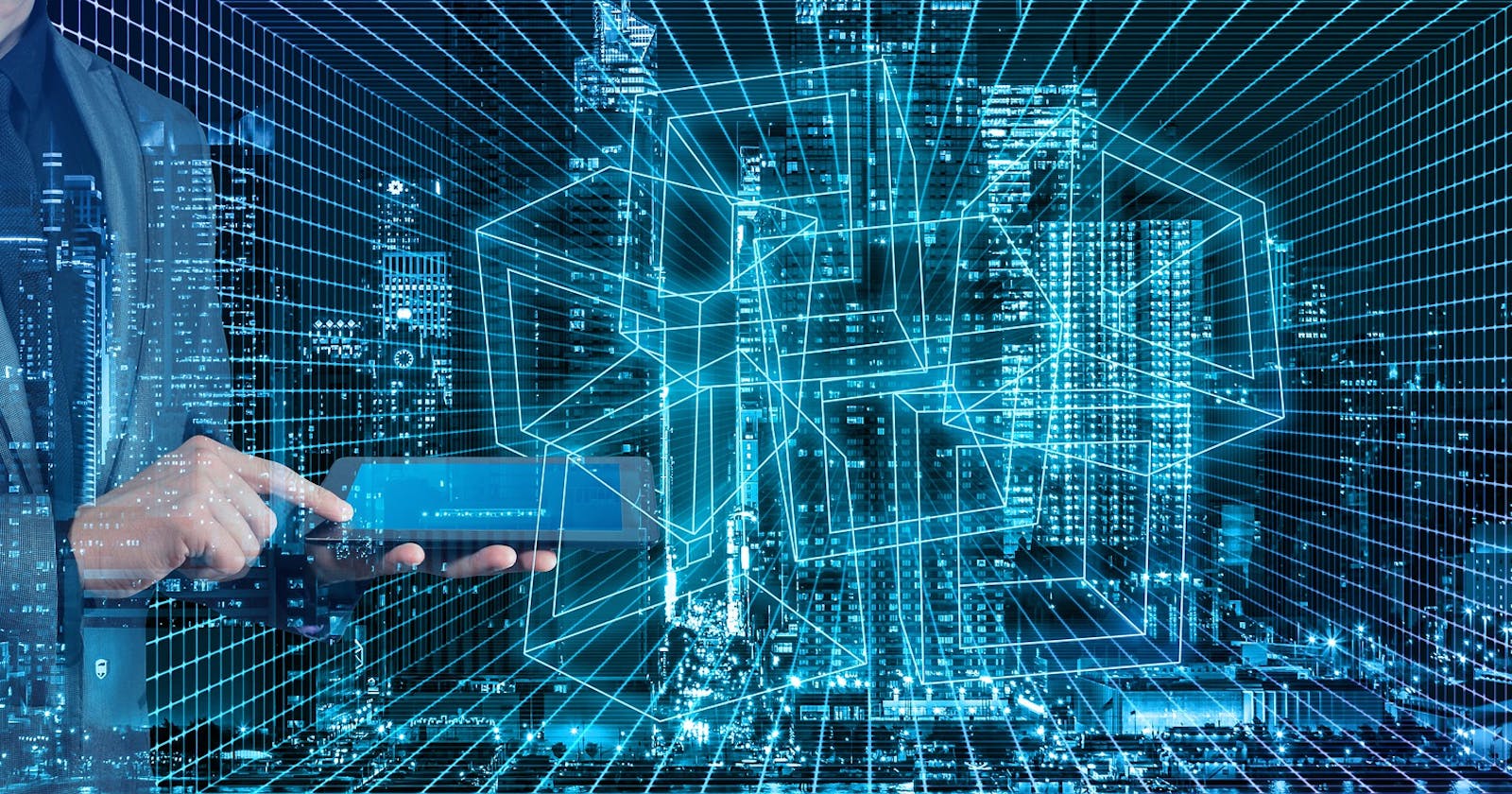The Cryptocurrency rush came with new buzz words and everyone is trying to make meaning out of them. Bitcoin, Ethereum, NFTs, blockchain, Elon musk, Satoshi, Metaverse, Web 2, Web 3 are a few words that didn't mean much years ago but mean so much right now in the tech space. Words on the tech streets have it that thanks to these words, tech is about to have a new face.
In subsequent articles, I'll demystify these words but for now, we'll have to settle for the demystification of web 2 and web 3. What are web 2 and web 3?, What happened to web 1 before them? What makes them different and what changes about the webspace in a few years from now.
Just at the end of this article, there's an option for you to comment or make remarks about this article, there is also a cool feature where you get to react by clapping if this article makes sense to you. Well, the internet has not always been like this up until some years ago.
The internet started as Web 1 where web pages were static and all you could do was to read and nothing more. There was no option to comment, react to posts and do all the other cool stuff we do on Facebook, Twitter didn't exist because there was no way you can tweet, you wouldn't be able to post pictures on Instagram either. Web 1 had very few content creators as we could only consume content. As compared to now, it's safe to say that Web 1 was pretty boring. The Web 1 era defined the dark age of the internet and it was like that until the early 2000s.
Then came Web 2, a complete opposite of what Web 1 was. With web 2, the static feature of the internet was phased out and we had a dynamic internet. Web 2 defined an era of interactivity, social connectivity, and user-generated content. Web 2 allowed for the development of social web space and marked the beginning of making the world a global village. Thanks to tech giants like Facebook, Instagram, TikTok, Twitter, Uber, WhatsApp, and YouTube, we moved from being stuck to read-only platforms to platforms where we can also create, interact and connect socially.
With web 2, users now earn income based on various services they offer online. It should also be noted that Web 2 gave priority to central systems that control contents on the internet than the users, this implies that users and contents creators are at the mercy of these systems as regards their activity on the web.
Web 3 is set to mark a complete evolution of Web 1 and Web 2. Web 3 would define an era of the internet where decentralization, transparency, and user-centric activities would be the priority. The advent of Web 3 would mark a more disruptive change as Web 2 did to Web 1. With web 2 plagued with little or no user privacy and transparency, web 3 would hand over the power of the internet to the user.
Internet pioneer, Barnes Lee had this to say while predicting the future of web 3 back then in 1990 when web 1 was just beginning to take shape.
Decentralization: "No permission is needed from a central authority to post anything on the web, there is no central controlling node, and so no single point of failure…and no 'kill switch! This also implies freedom from indiscriminate censorship and surveillance." Bottom-up design: "Instead of code being written and controlled by a small group of experts, it was developed in full view of everyone, encouraging maximum participation and experimentation."
Web 3 will feature new technologies like the Semantic web, Artificial intelligence, and Machine learning that rely on data and algorithms to predict human activities and hence prefer solutions to problems quicker than ever.
Web 3 would also change the web social space as the metaverse a new technology would offer more cooler features like Augmented and Virtual reality to make our experience of the web a lot more immersive, a better experience than the existing one that current webspace offers. Blockchain technology will disrupt the financial sector and other sectors that involve the exchange and transfer of data, goods, and services.
In summary, while Web 1 happens to be the readable phase of the web with little or no user priority, Web 2 is the writable phase where more priority is offered to users and interactivity between users and creators exists. we can conclude that Web 3 would mark the executable phase of the web where intermediaries would cease to exist, and hence users get to access computers directly to access personalized contents based on provided data.
I'm currently enrolled as a blockchain intern in the block game internship sponsored by Zuri, BlockGames, and NestCoin. I hope to learn so much in the coming days.
Watch out for more content like this.

